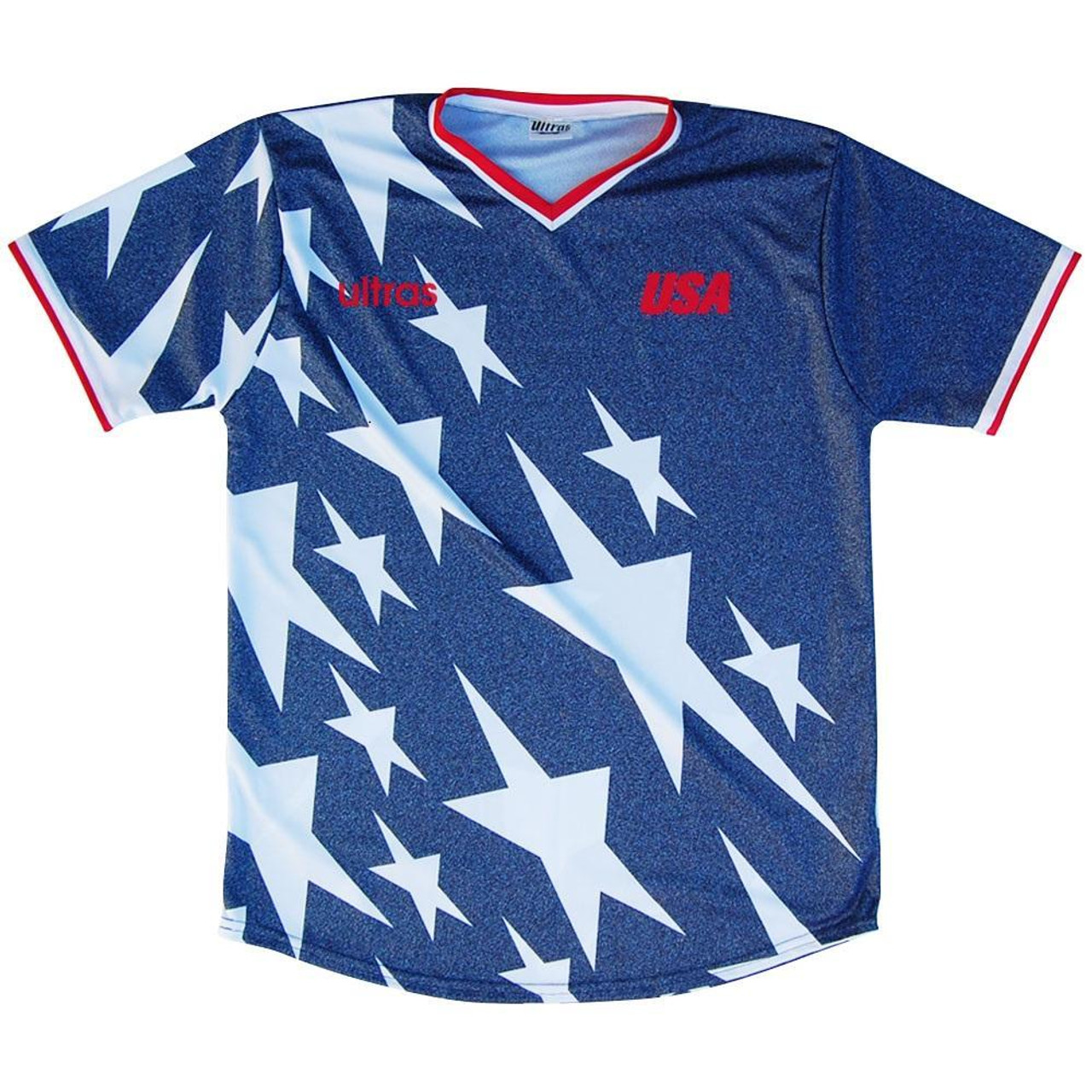The Evolution of Kits: 15 Most Iconic (and Infamous) World Cup Jerseys
Throughout World Cup history, jerseys have become more than just uniforms—they capture style trends, evoke national pride, and sometimes even spark controversy. Watching the World Cup jerseys evolution from classic, simple designs to bold, high-tech creations is like watching football fashion grow alongside the game itself. Some kits are forever beloved, while others are infamous for all the wrong reasons. Here are the 15 most iconic—and occasionally infamous—World Cup jerseys ever worn.
1) Brazil 1970 – The Samba Classic
Brazil’s 1970 jersey remains one of the most timeless designs in World Cup history. The vivid canary yellow shirt with green trim reflected Brazil’s identity and grace on the field. Worn during their third title run, it became symbolic of the beautiful game. Fans still seek retro versions, cementing its place in the hall of iconic jerseys.
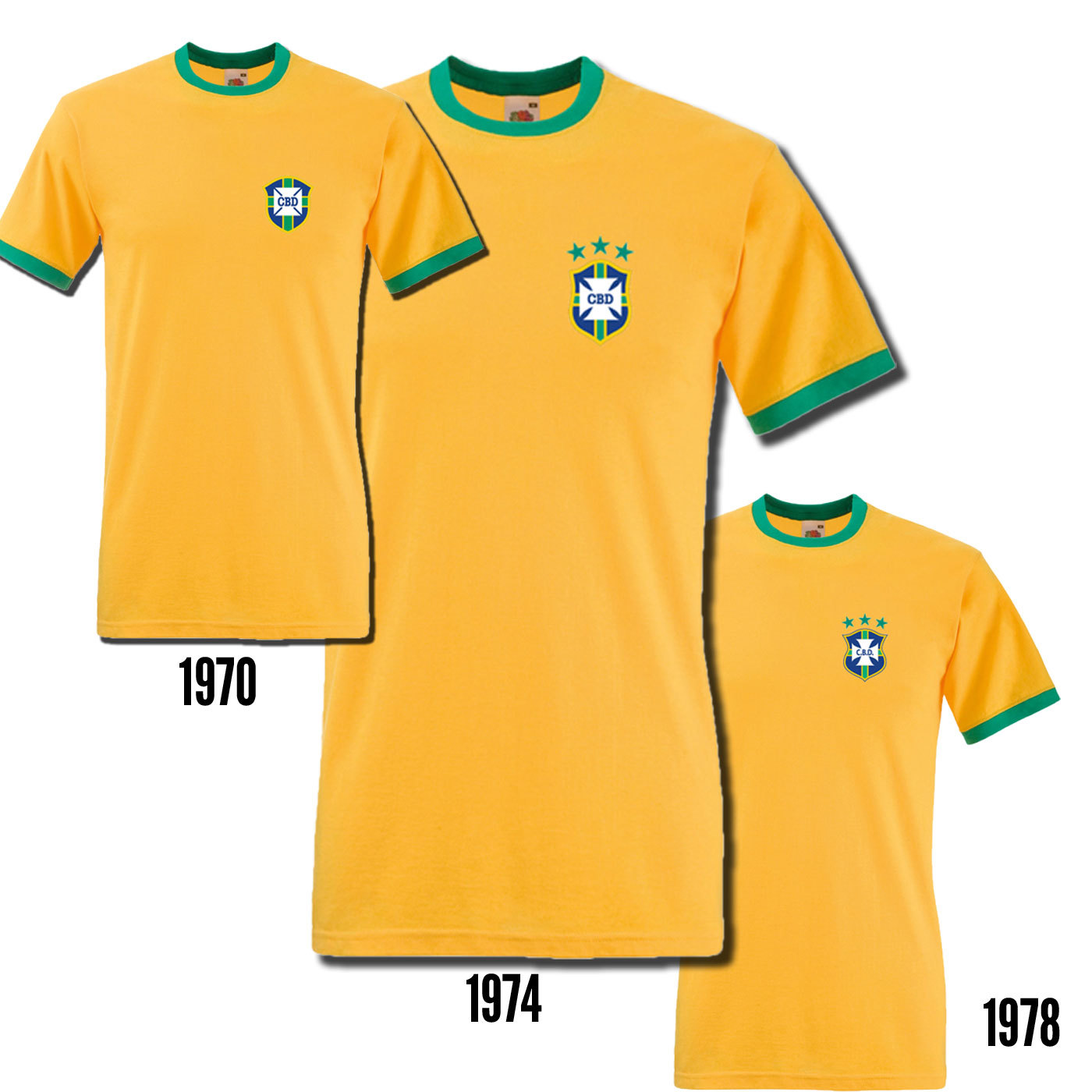
2) West Germany 1954 – Post-War Simplicity
The West Germany kit from the “Miracle of Bern” in 1954 is remembered for its clean lines and understated design. It reflected a resource-conscious era, while allowing German grit and teamwork to shine bright on the pitch. Though plain, its historical significance makes it unforgettable. It’s a reminder that style isn’t always flashy.
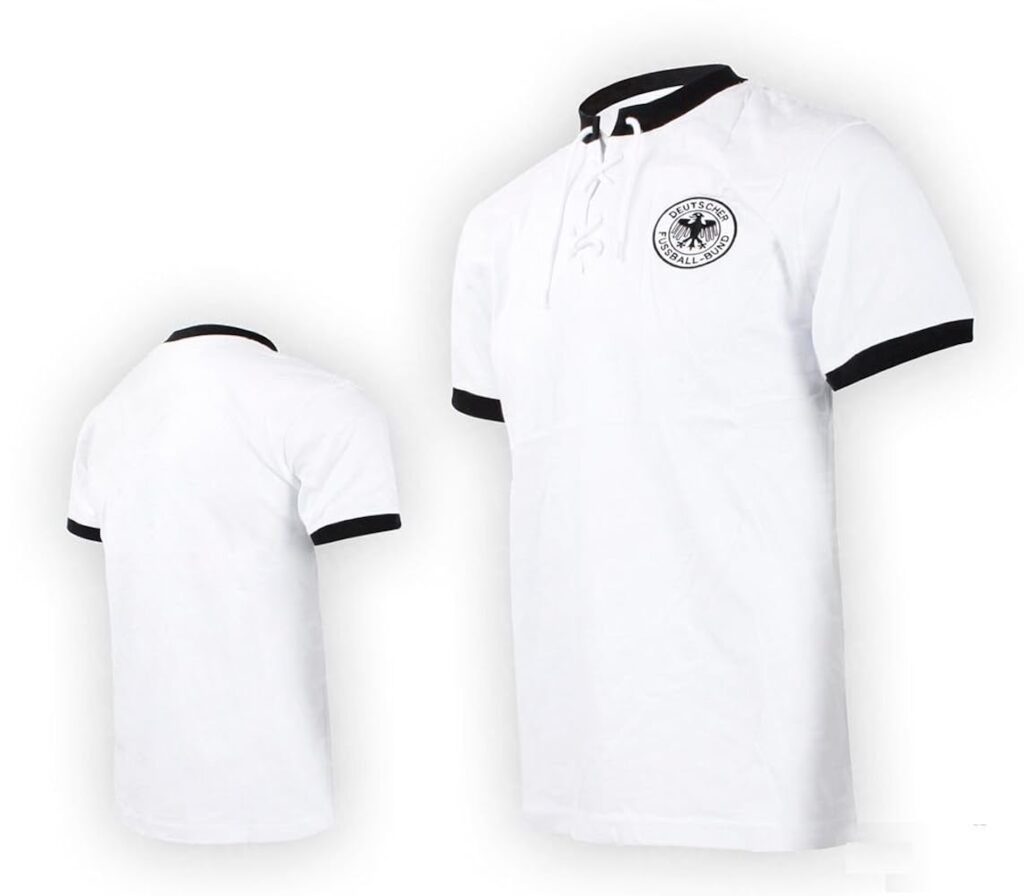
3) Argentina 1986 – The New Balance Classic
Argentina’s 1986 kit—striped blue and white with a minimalist New Balance logo—became legendary thanks to Diego Maradona’s feats. It fuses simplicity with a touch of brand identity, forever linked to football magic. It’s one of those jerseys that immediately conjures memories of the “Hand of God” and “Goal of the Century.”
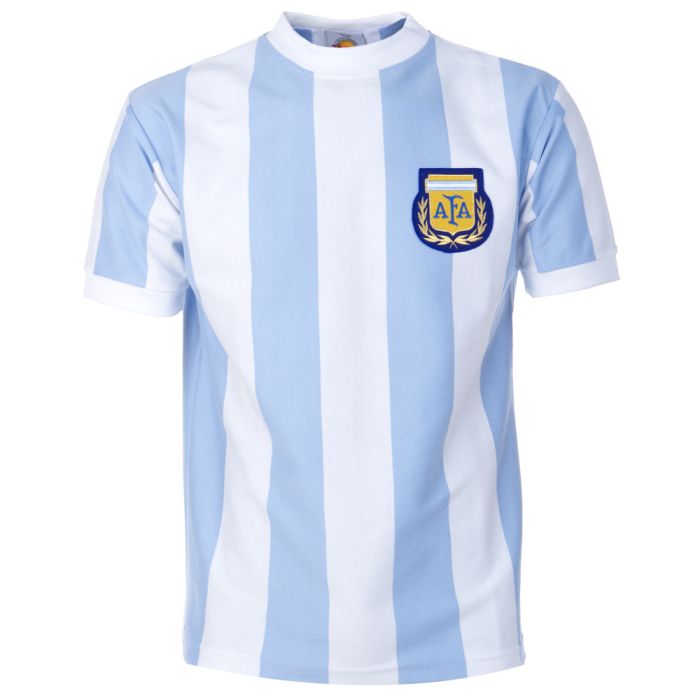
4) Netherlands 1974 – The Orange Revolution
Netherlands’ 1974 orange jersey, worn by Johan Cruyff and the Total Football masters, was bold and modern for its time. The monochrome orange with minimal decoration stood out on every pitch and reflected Dutch innovation. It marked the rise of aesthetic minimalism in sporting kits. To this day, it’s one of the most visually striking jerseys in World Cup lore.
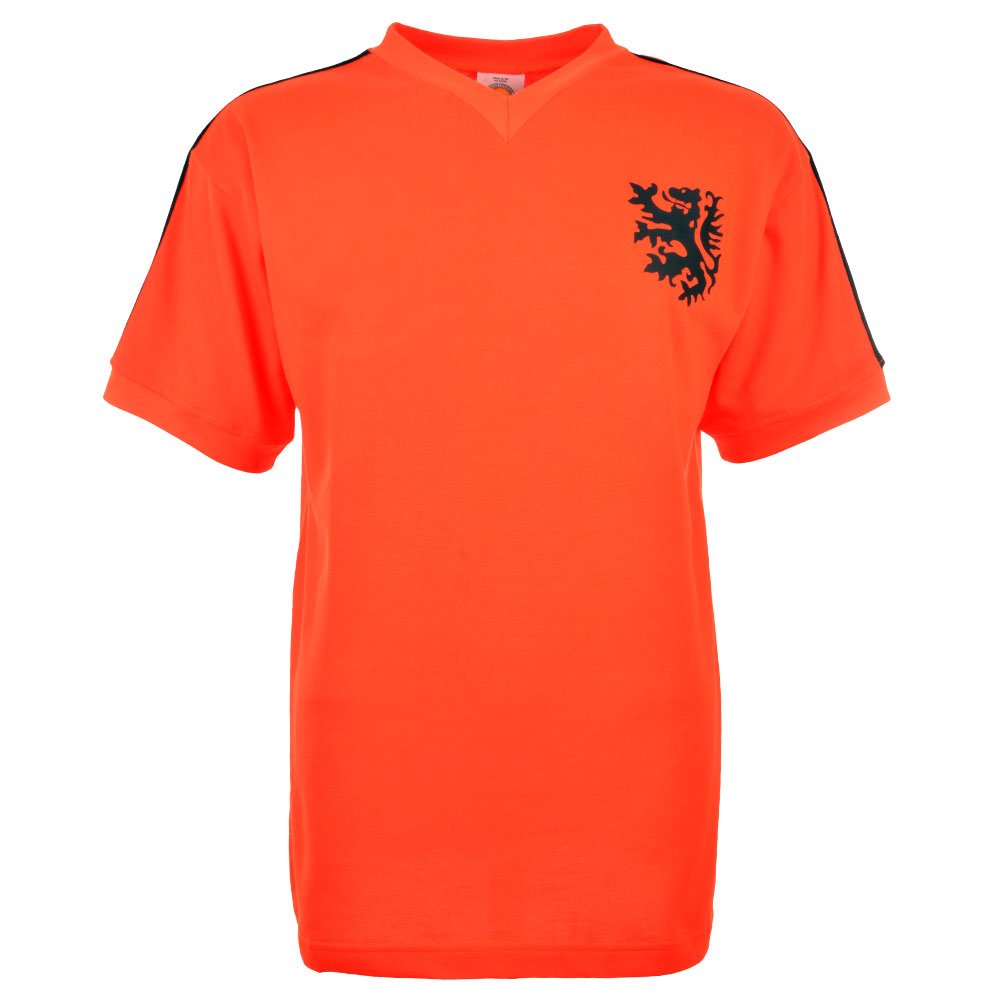
5) England 1990 – The Adidas Revival
England’s 1990 Euro weight shirt (also worn in the World Cup) stirred nostalgia and fashion debates. Featuring blue and red accents over white, the streetwear world embraced it decades later. Though not the flashiest, it became a style ambassador for football culture beyond stadiums. A perfect example of how kit fashion can outlast playing careers.
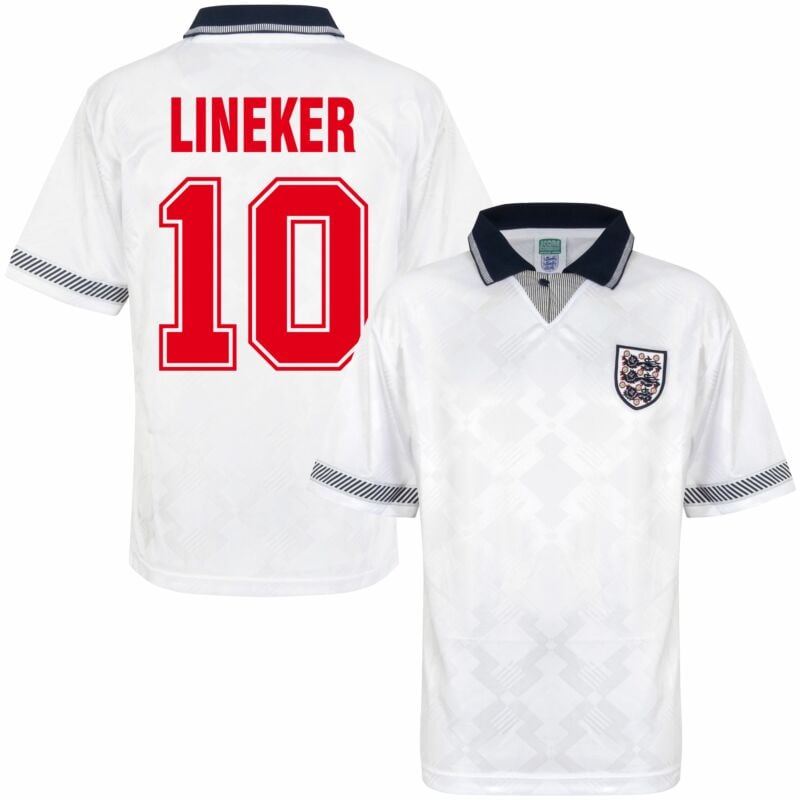
6) Japan 1998 – The Samurai Splendor
Japan’s 1998 kit combined clean white with bold blue trims and a samurai motif—a culturally resonant look. It stood out among World Cup kits for its elegance and attention to national symbolism. Fans loved the way it echoed traditional Japanese aesthetics in a modern frame. It marked Japan’s confident entry into football’s global style conversation.
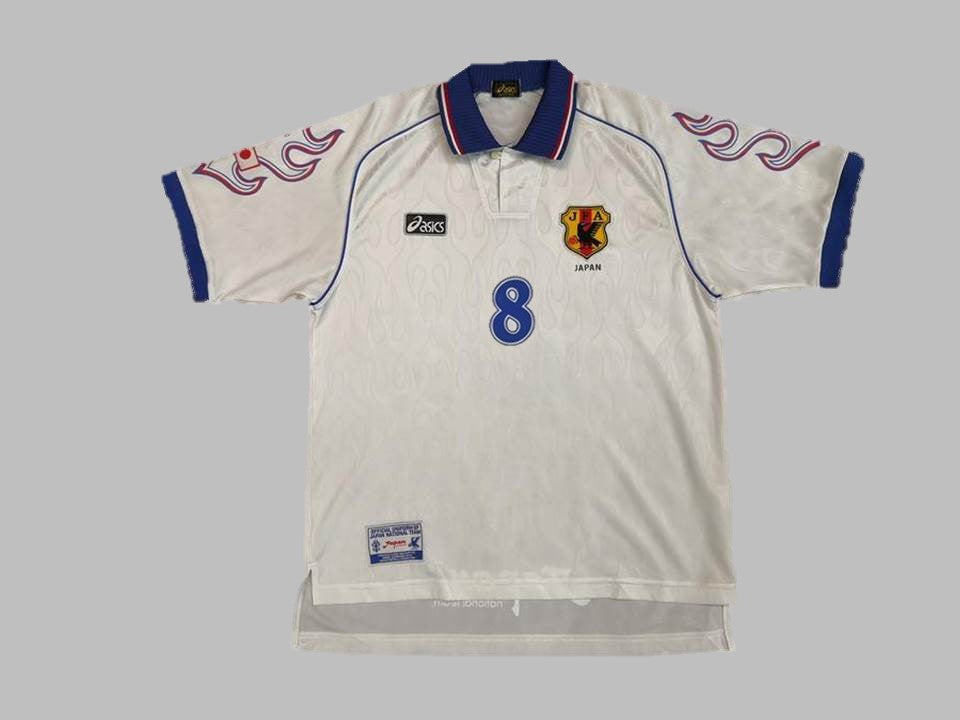
7) Mexico 1998 – The Aztec Wave
Mexico’s 1998 jersey stunned the world with its vibrant green and dark patterns inspired by Aztec art. The abstract geometry offered visual energy unseen in prior kits. It was both a stylistic celebration of heritage and a fashion statement. Even today, it remains a fan-favorite and is considered ahead of its time.
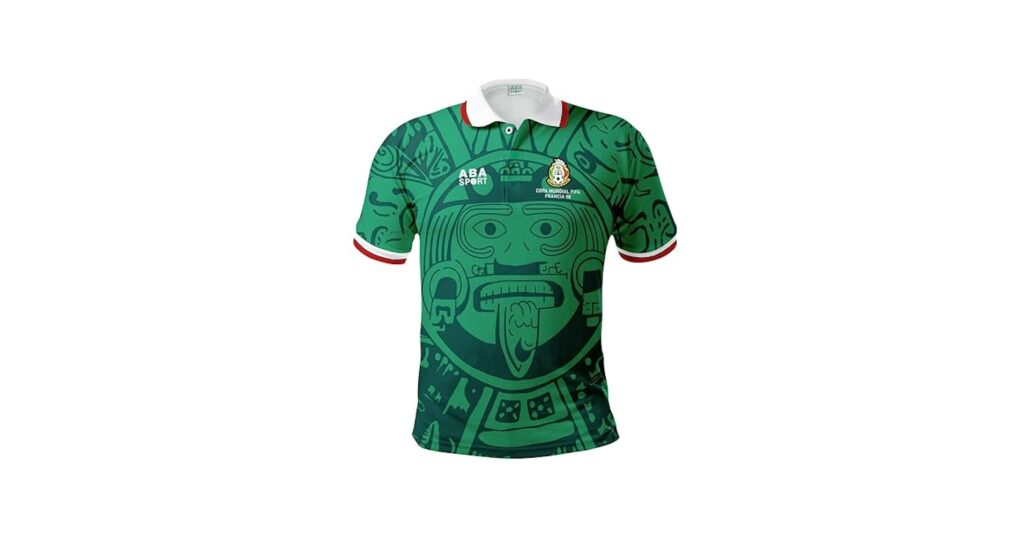
8) France 1984 – Elegance Meets Victory
France’s 1984 Euro kit carried over into their 1986 World Cup appearance, blending royal blue with simple white trim. It had a sleek silhouette that paired well with Michel Platini’s playmaking flair. Though understated, it became symbolic of a golden era for French football. The style reignited appreciation for classic European tailoring on the pitch.
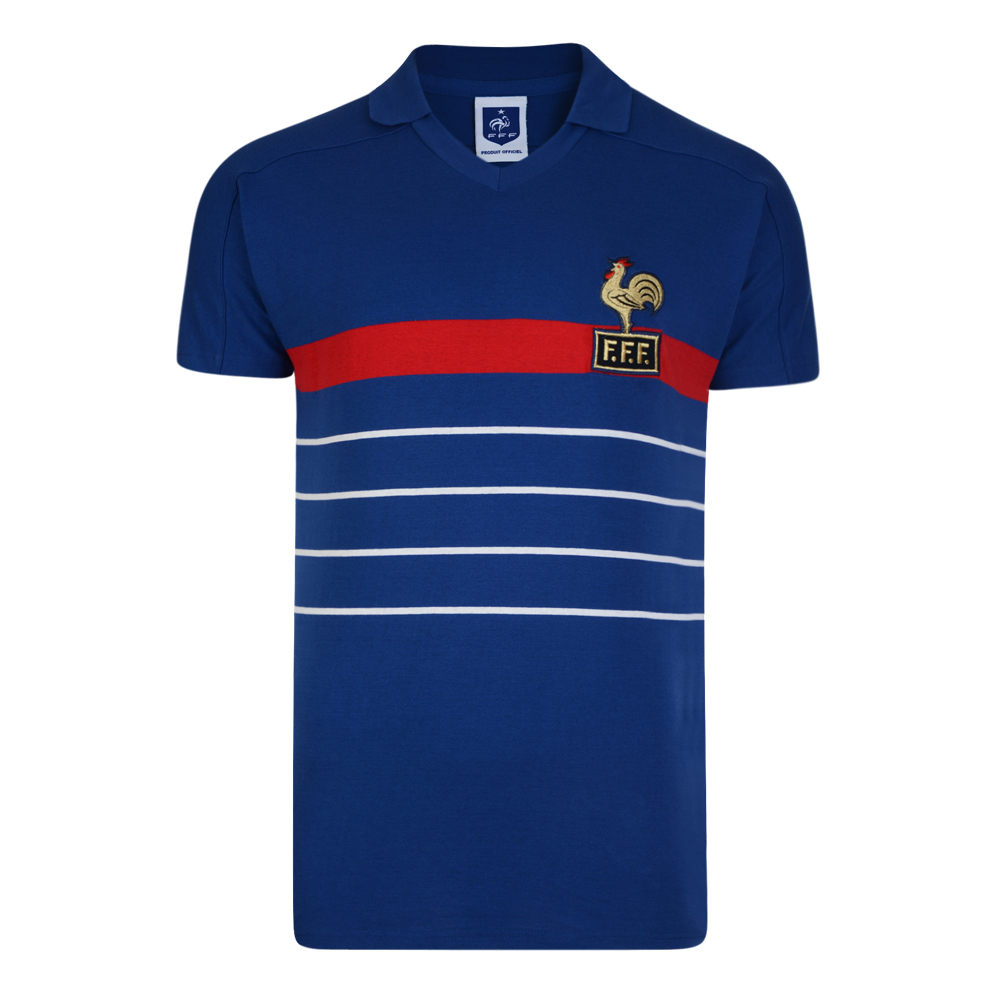
9) Colombia 1990 – The Ballonman Badge
Colombia’s 1990 kit was legendary for featuring the Ballonman badge — a graphic of a footballer with a trophy. Combined with yellow and blue, it was unmissable. The design both celebrated a rising football nation and became a fashion icon for fans. Its boldness and symbolism ensured its place in kit evolution history.
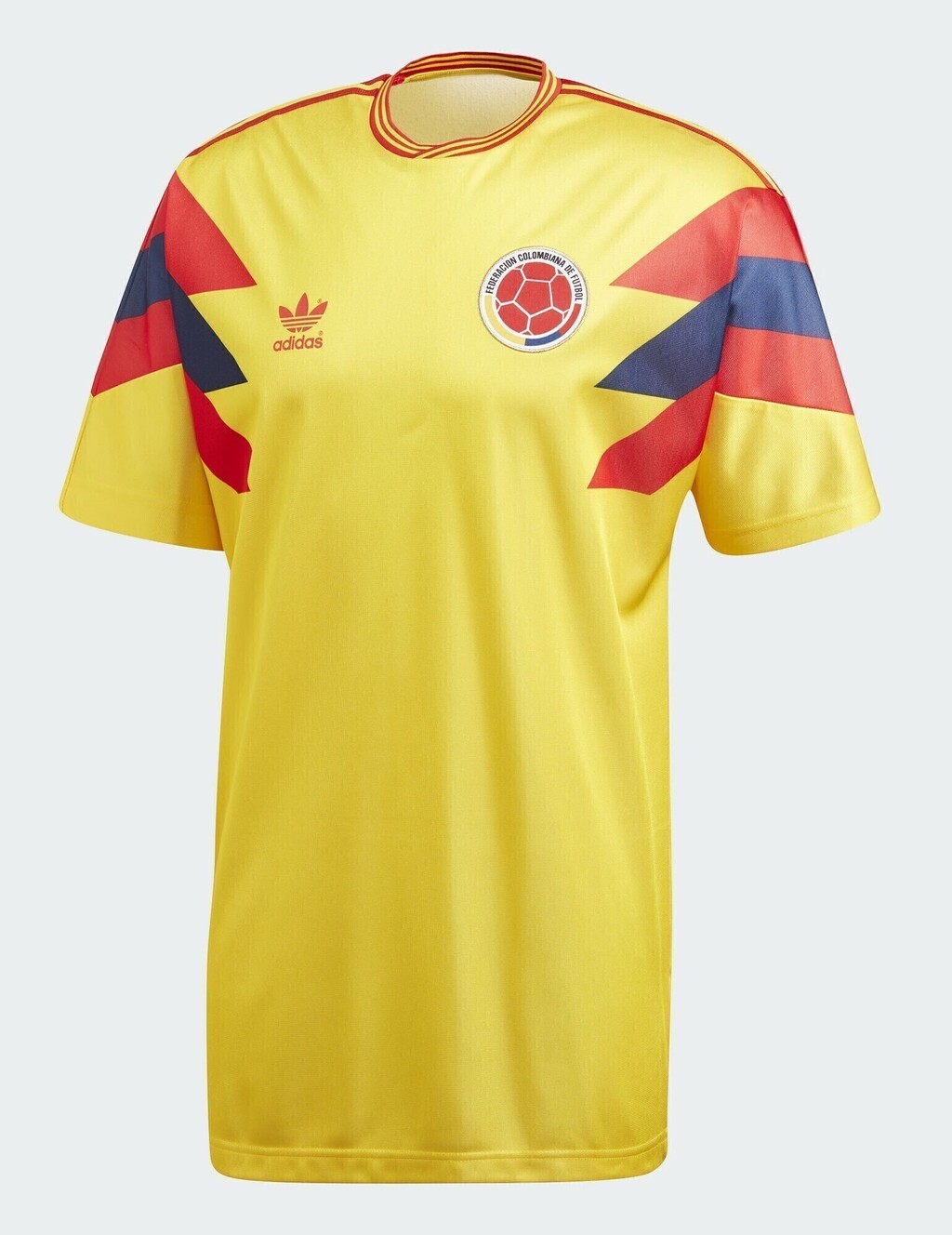
10) USA 1994 – Stars & Stripes Statement
The USA’s 1994 jersey leaned into patriotic symbolism with oversized stars and stripe detailing in red, white, and navy. It captured the American spirit and brought dramatic flair to World Cup apparel. It helped boost the tournament’s visibility stateside and became a cult fashion favorite, especially among collectors and nostalgia hunters.
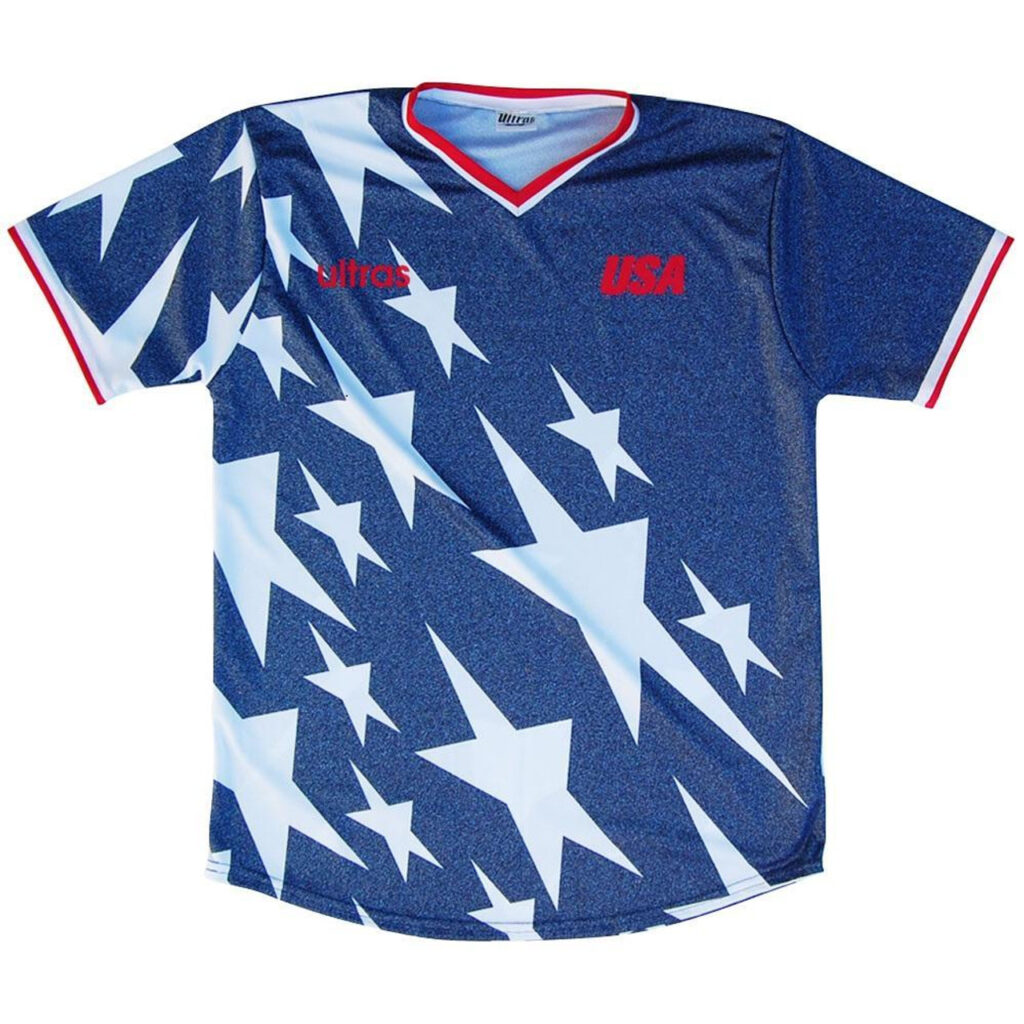
11) Cameroon 1990 – The Indomitable Green
Cameroon’s 1990 jersey is beloved for its rich green hue and Hebmüller-style trim, perfectly matching the fierce Indomitable Lions. Worn during their legendary run, it became emblematic of African flair and resilience. The vibrancy of the kit made Cameroon’s dramatic tournament presence even more memorable. It’s a vivid chapter in both kit and football history.
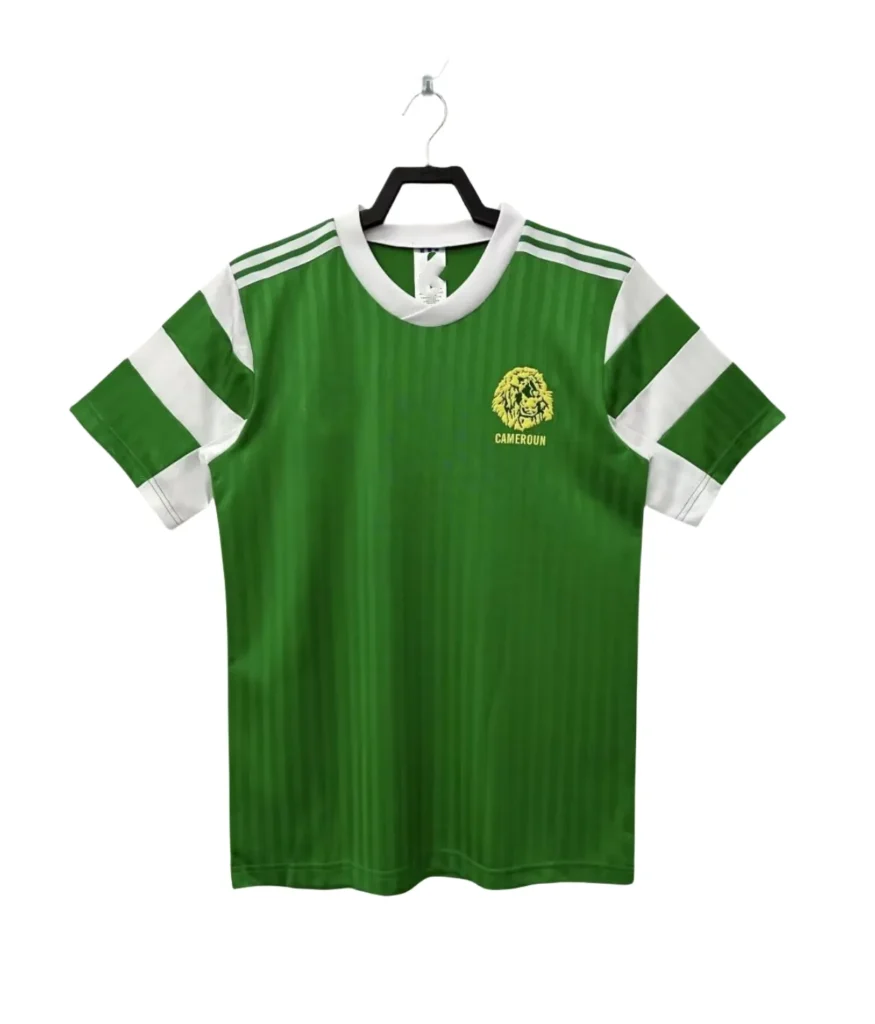
12) Germany 2014 – Tech Innovation in White
Germany’s 2014 championship jersey combined classic white with subtle black stripes and high-tech fabric innovation. It balanced tradition with modern performance, making it both functional and stylish. The minimalist design communicated efficiency, mirroring Germany’s form on the field. After lifting the trophy, the kit achieved instant legendary status.
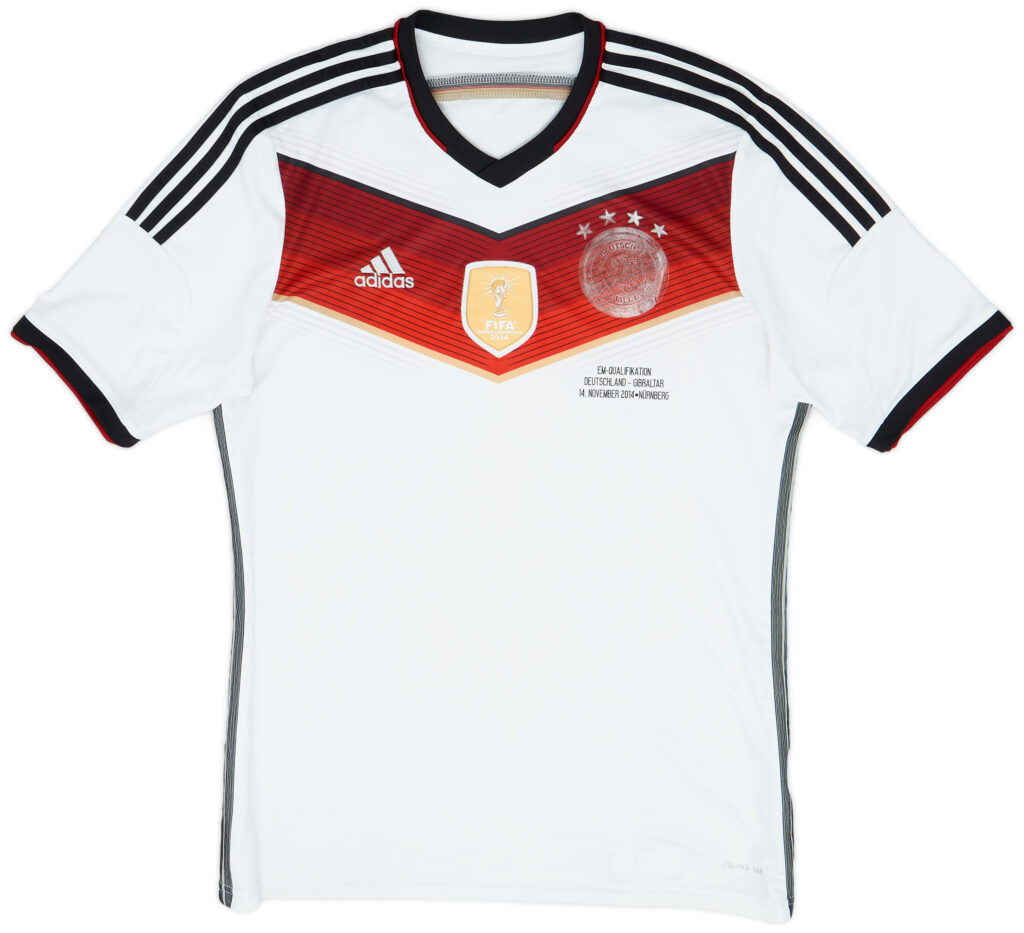
13) Ghana 2010 – The Black Stars Pride
Ghana’s 2010 black and white jersey with bold stars captured the energy of African unity and pride. It was sleek, imposing, and packed with cultural resonance. Ghana’s run to the quarter-finals lent it even more legend. Fans celebrate it as one of Africa’s best football kits, representing both aesthetic flair and performance spirit.
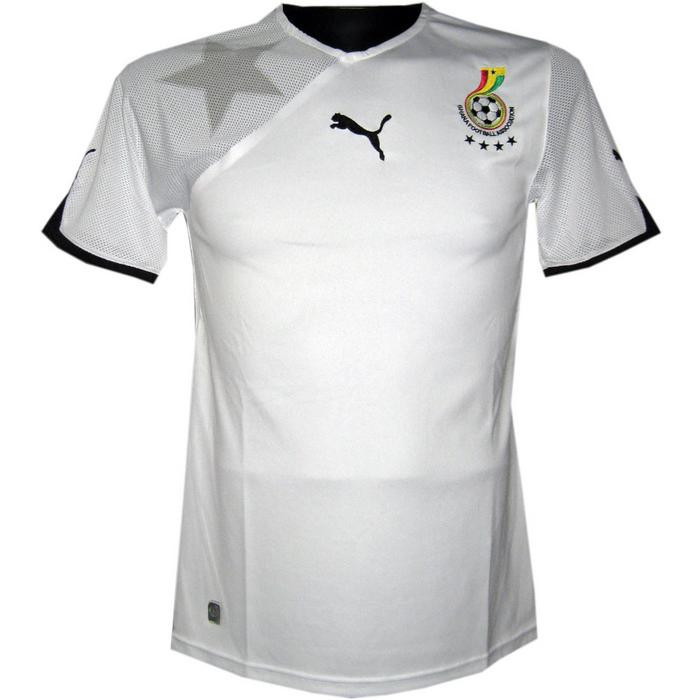
14) Russia 2018 – The Rorschach Mystery
Russia’s 2018 home kit featured a bold Rorschach-style fish pattern in red and blue. Its abstract styling divided fans—some called it artistic; others, bizarre. Either way, it exemplified how football fashion embraces experimentation. As host kit, it was everywhere, igniting conversations across the world.
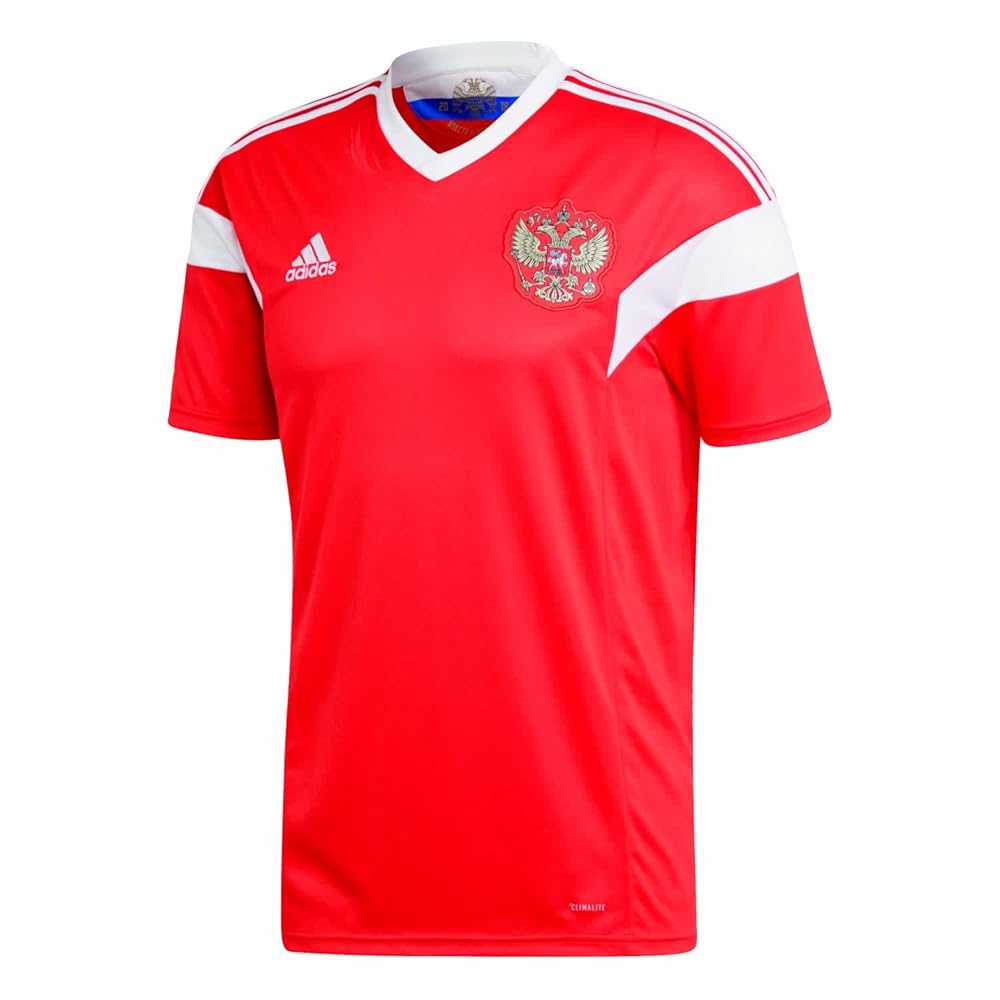
15) Belgium 1998 – The Neon Chronicles
Belgium’s 1998 jersey jumped out with bright, neon accents in red, black, and yellow—a forward-looking design at a time when kits were mostly traditional. It felt futuristic and bold. While not always beloved on the field, it rose in cultural status later as retro-chic. It stands as a symbol of how kits can be trendsetters beyond matches.
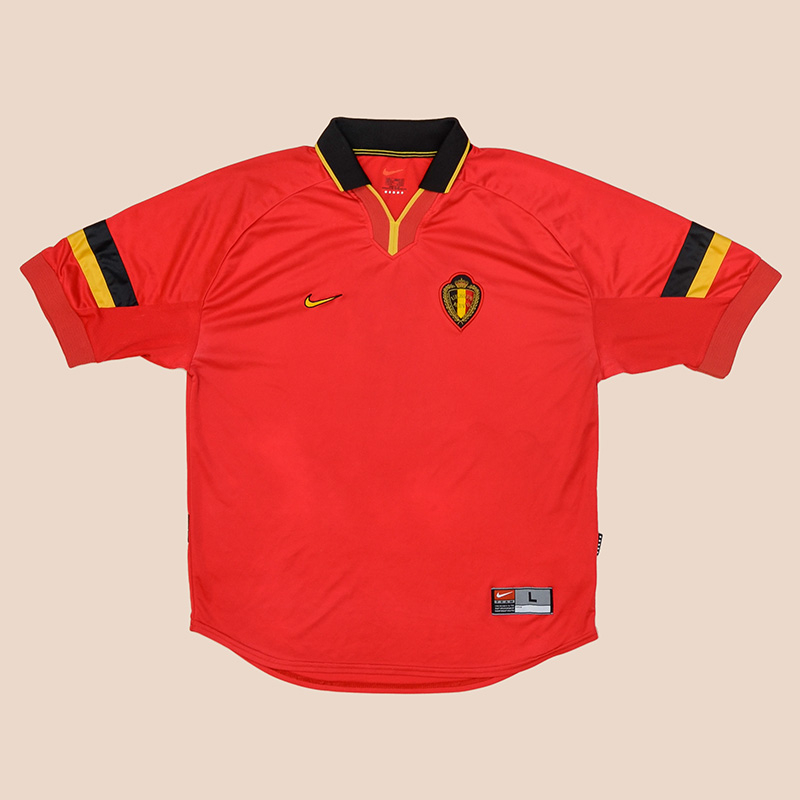
FAQ
Why do some jerseys become iconic?
Iconic kits usually combine standout design, team success, and cultural or historical significance. When a great design aligns with a memorable moment—like a trophy win or a star performance—it elevates the kit into legend. Fans feel ownership, and jerseys become symbols of nostalgia and identity.
What makes a jersey infamous?
Infamy often comes from polarizing designs, poor performance, or clash with tradition. Jerseys that fans question or make memes are still part of the conversation—and that visibility can make them legendary in their own right. “Infamous” kits show us that, in football, fashion can be just as memorable as match results.
Suggested Internal Reads: The Art of World Cup Fan Displays & Tifos · Traveling Fans · Host Nation Home Support
Sources & References
- FIFA.com – Historical kit archives and fashion retrospectives
- FootballCulture.net – Kit histories and aesthetic evolutions
- ClassicFootballShirts.co.uk – Retro jersey collections and design notes
- Footy Headlines – Detailed kit leak history and design explanations
- KickTV / These Football Times – Iconic kits roundups
- Bleacher Report, The18.com, SI.com – Best and most controversial World Cup kits lists
- Wikipedia – Kit design notes for specific tournaments
